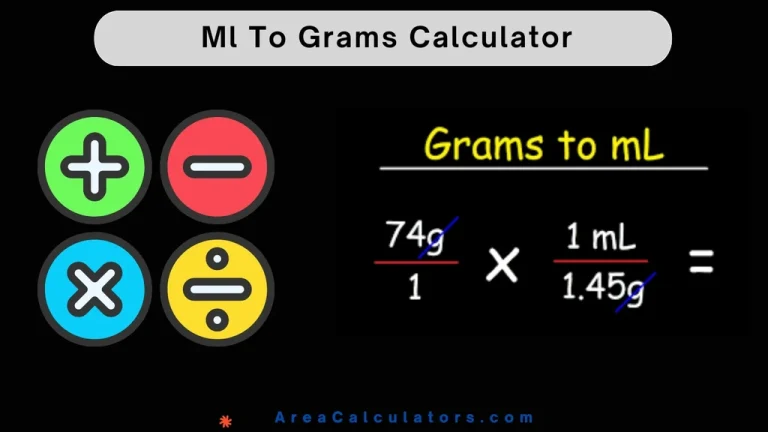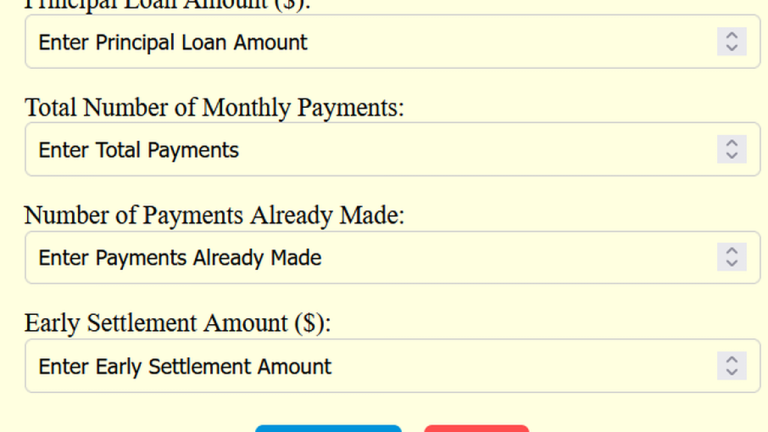Coat Color Calculator
To calculate coat color probability, multiply each parent’s coat color by its respective probability, then sum the results. This method helps predict the likely coat color outcome for offspring.
A coat color calculator is a unique tool. It is utilized for pinpointing the potential coat colors of offspring, whether for horses, goats, or dogs. Understanding the genetics of coat color is crucial for breeders, as different combinations of parent traits can result in various colors and patterns in the next generation.
For example, breeding horses like smoky black or buckskin can lead to interesting and sometimes unexpected color results. However, by using this calculator, breeders can predict the likely outcomes for coat color based on the genetic makeup of the parents, making it a vital tool in animal breeding.
Formula:
| Variable | Description |
|---|---|
| Coat Color Probability | |
| C1,C2,…Cn | Parent coat colors |
| P1,P2,…Pn | Probability of each coat color |
Solved Calculations:
Example 1:
A breeder wants to calculate the coat color probability for a foal whose parents have a 60% chance of being smoky black and 40% chance of being buckskin.
| Step | Calculation |
|---|---|
| 1. | |
| 2. | |
| 3. | (Smoky black dominant) |
Example 2:
For a goat whose parents have a 70% chance of being black and 30% chance of being tan, calculate the coat color probability.
| Step | Calculation |
|---|---|
| 1. | |
| 2. | |
| 3. | (Black coat dominant) |
What is a Coat Color Calculator?
A Coat Color Calculator facilitates in predict the potential coat color of animals like horses, dogs, and goats based on genetic information.
For horse breeders, it can forecast colors such as smoky black or buckskin by analyzing parent traits. Similarly, for Nigerian Dwarf or Pygmy Goats, this tool predicts colors like two-tone chamoisee or black and white patterns. Therefore, the understanding of how genetics affect coat color is important for breeders who wish to achieve specific outcomes in their animals.
In addition to horses and goats, the Coat Color Calculator is widely used for predicting coat colors in dogs and cats, particularly in breeds like French Bulldogs and Poodles. This tool makes genetic predictions easier, helping breeders plan for desired traits.
Final Words:
In a nutshell, the Coat Color Calculator is a useful tool for breeders to anticipate coat color outcomes based on genetics. It provides a reliable way to manage breeding expectations in various animals.




